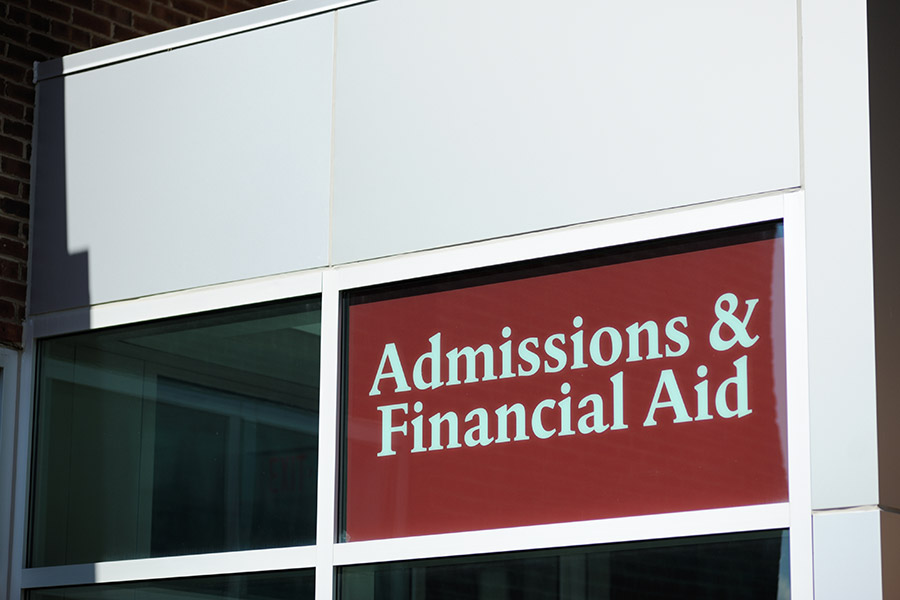
As summer comes to a close , it signals a time when college students across the country begin their return to school. Although in the age of COVID-19 the “return” to school may not mean physically going back to campus but popping open the books remotely in their childhood home. In whatever situation your child ends up, unless they’re lucky enough to get a full scholarship, college costs are not free.
For the many proactive parents who established 529 accounts to fund their child’s college education , this is a time where these tax-friendly accounts get their most use. While the tax benefits of a 529 account are nice, it’s important that you follow the rules and take your withdrawals correctly. Otherwise you may be greeted with an unwelcome surprise by the IRS come tax time. Here are a few things you should know about taking withdrawals from your 529 accounts.
Timing is everything
Whether or not an expense qualifies for a 529 distribution is important (discussed later), but equally important is making sure you time your distribution correctly. This is a factor that is often overlooked by many parents who use these accounts for college expenses. Technically, a 529 distribution must pa y for expenses incurred in that same calendar year. Where you can run into trouble is when you pay for an expense in one year and reimburse yourself the next.
For example, you get the bill for spring tuition in December, pay it, but don’t reimburse yourself until January of the next year. Since the distribution and when the expense was paid were in different years, the distribution is not a qualified withdrawal. This means you’ll be subject to taxes and penalties on the distribution!
If you do run into a situation where your years are mismatched, you do have the ability to put the funds back within 60 days of the distribution (60-day rollover). However, this can only be done once every rolling 12 months, and you need to realize the error quickly because there is only a short amount of time to correct it.
The best way to avoid this error altogether is to send the payment directly to the school from the 529. This will alleviate any issues with the timing mismatch, and also the risk that you forget to reimburse yourself in time. Most 529 plans will allow the f unds to be sent directly to the school, and this option should be used whenever possible.
Of course , for some expenses like purchasing a computer, or books outside of your school’s seller , this is not an option. Time these purchases so you are reimbursed in the same calendar year as the expense is incurred.
What are the tax consequences
There are incredible tax benefits to using a 529 plan, which is why they are so popular for college funding goals. For distributions that are qualified there is no tax on the amount distributed from the 529 account. Any of the growth from the money invested in the plan can pay for those college costs tax-free!
If you do end up paying for a non-qualified expense, or run into a distribution timing issue (as mentioned above), taxes and penalties may apply to you. Since the 529 is funded with after-tax money, only the amount that has grown in the account would be subject to taxes and penalties.
For instance, if you put in $25,000 over the years, and the account grows to $50,000, only half would be subject to taxes and penalties. Distributions from 529 accounts come out pro rata. So, using the example above, if you spent $10,000 on a non-qualified expense, $5,000 (50%) of the distribution would be taxed and penalized, not the full $10,000.
The amount subject to taxes and penalties is taxed at income tax rates, plus an additional 10% penalty. The tax rate is based on who received the money . If the beneficiary of the 529 plan receives the money for a non-qualified expense it’s taxed at their rate. If the parent receives it, it’s taxed at theirs. 1
Also, for non-qualified distributions to the beneficiary, it may be subject to the kiddie tax because it is considered unearned income. Depending on the amount, this may change the tax rate assessed on the taxable portion of the distribution.
What college expenses can you use a 529 for?
A huge benefit to saving for college costs in a 529 plan is that the expenses that it can be used for are quite broad. Some of the main costs include:
-
Tuition
-
Room and board
-
Books and school supplies
-
Computers
However , there are some expenses that many may think qualify but do not. Some non-qualified expenses include:
-
Transportation and travel costs to and from college
-
Health insurance (even if offered by the school)
-
Sports and activity fee from the college
A special note on college room and board:
Most expenses are straight forward because the cost is the cost. However, for college students who decide to live off campus a 529 plan can pay for this expense as well, even though they are not getting room and board directly from the school. The amount you are able to consider a s a qualified college expense cannot be more than the allowance attributed to the college’s cost of attendance numbers. Amounts above that are ineligible for a qualified 529 withdrawal.
What to know about studying abroad
Many college students dream about the chance to study abroad. Due to the pandemic, many of these dreams will be dashed this year, but that does not mean that future study abroad trips aren’t in the cards. What many college savers do not know is that a 529 account can be used at certain foreign institutions as well. Saving For College has a handy tool where you can look up your school’s code to help determine if it is 529 eligible .
For the institution to actually be eligible for qualified 529 withdrawals the college or university must be eligible for Title IV federal student aid. Make sure you check this before assuming that your 529 withdrawals will come out penalty and tax-free. Like domestic colleges, the same major expenses qualify (tuition, room and board, etc.).
Summary
There is a lot to know when it comes to making sure your 529 distributions go toward eligible college expenses. Ensuring your withdrawals come out the same year the expenses are paid for is paramount. Also, some study abroad programs and foreign universities qualify for 529 withdrawals. Just make sure you use your 529 account correctly, or you may end up owing money in taxes and penalties that you did not intend for.
If you need assistance with your own college planning , or financial planning in general, we encourage you to reach out to our team .
1 https://www.savingforcollege.com/intro-to-529s/what-is-the-penalty-on-an-unused-529-plan



